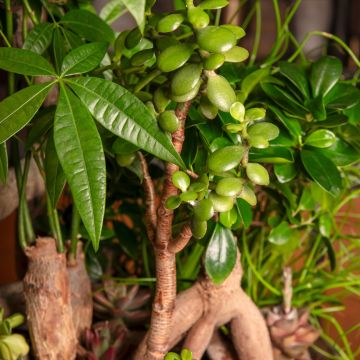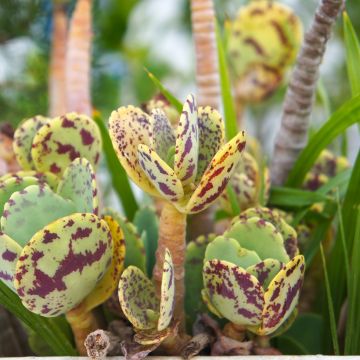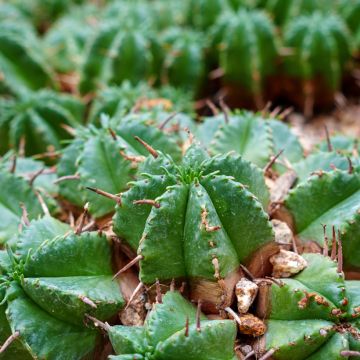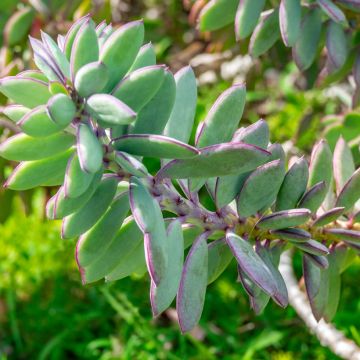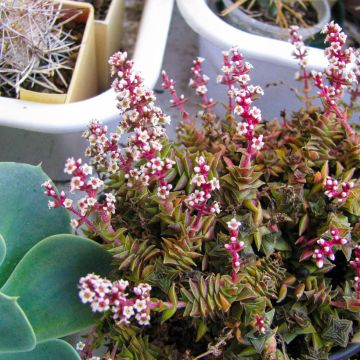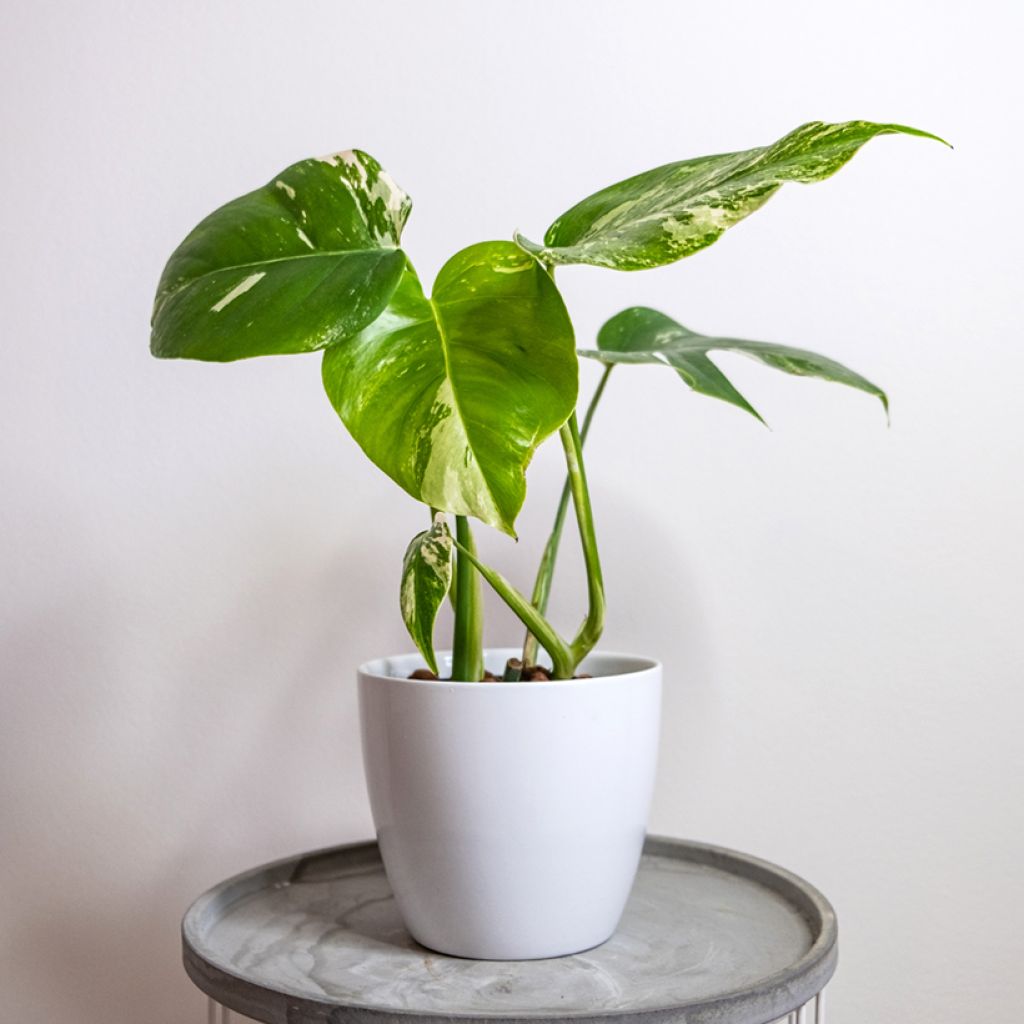

Monstera deliciosa Thai Constellation - Swiss cheese plant
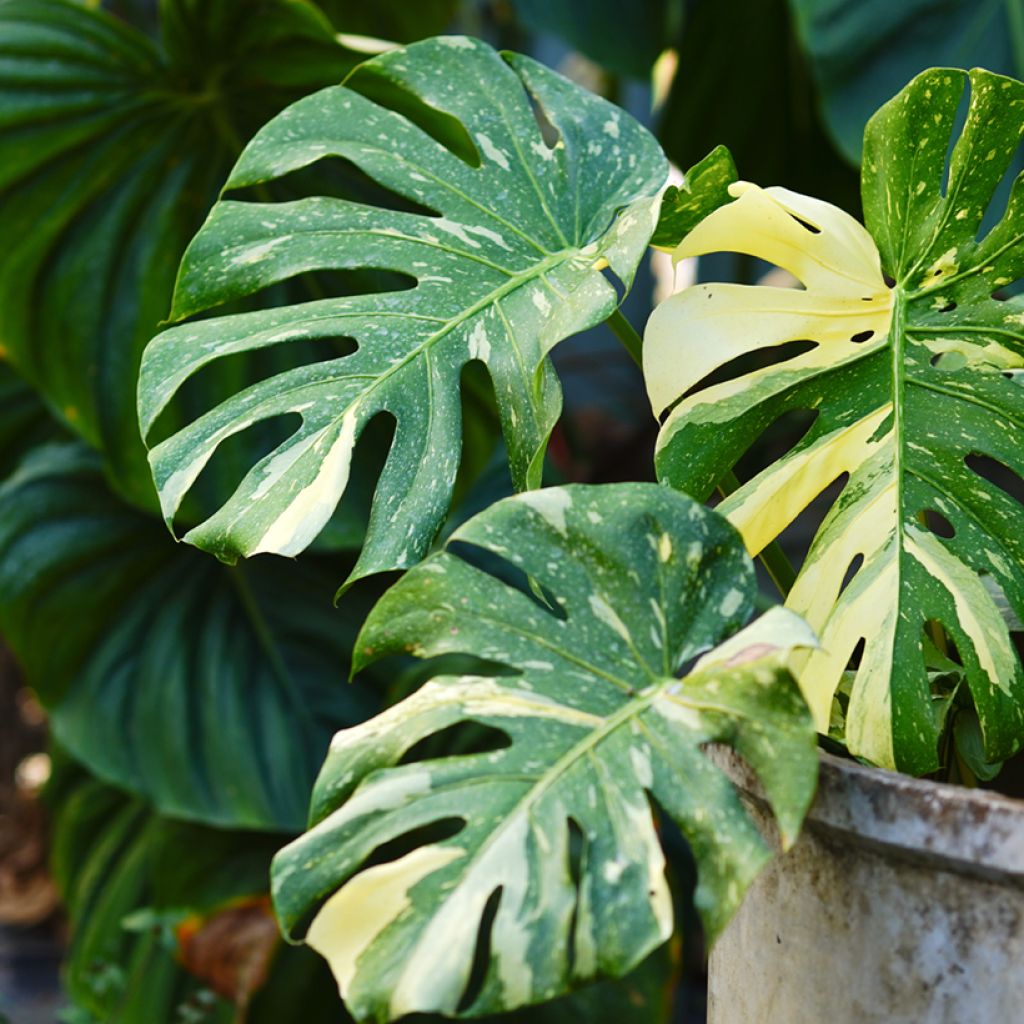

Monstera deliciosa Thai Constellation - Swiss cheese plant
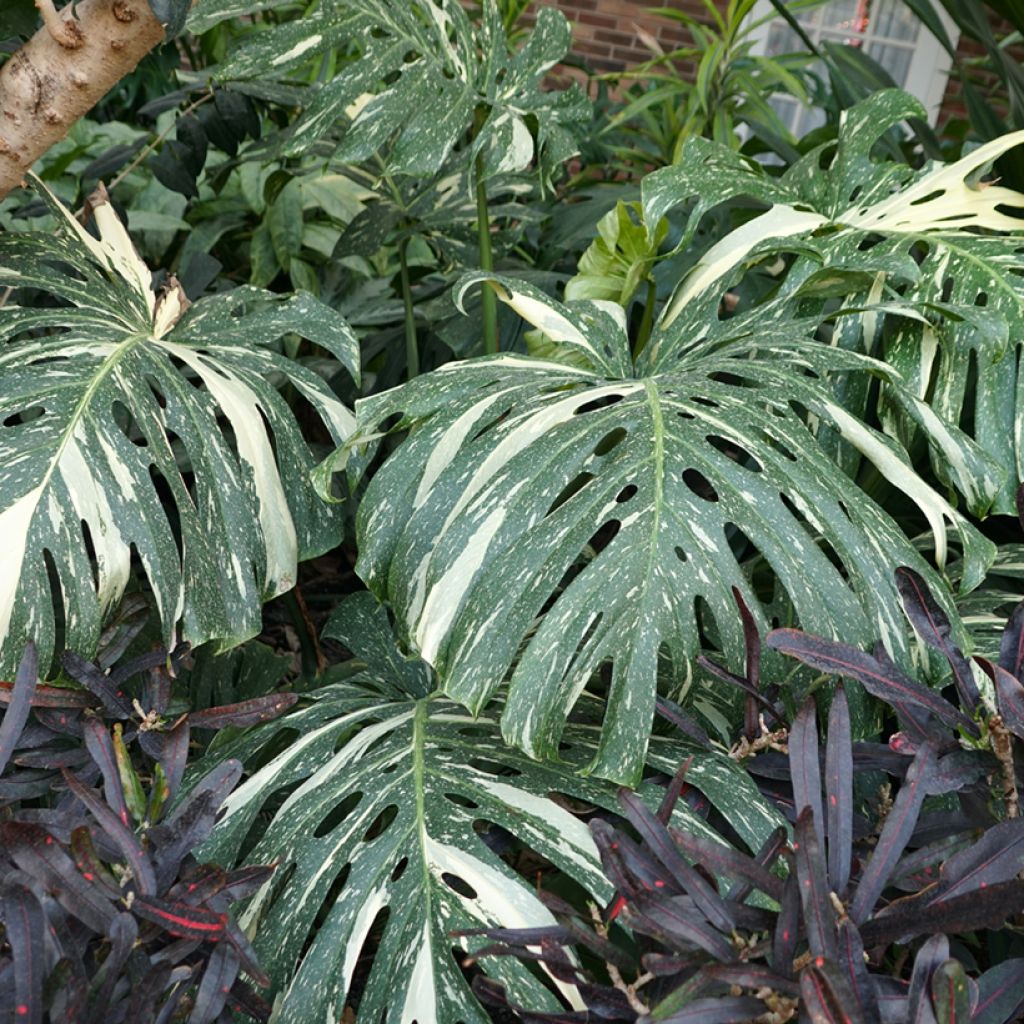

Monstera deliciosa Thai Constellation - Swiss cheese plant


Monstera deliciosa Thai Constellation - Swiss cheese plant
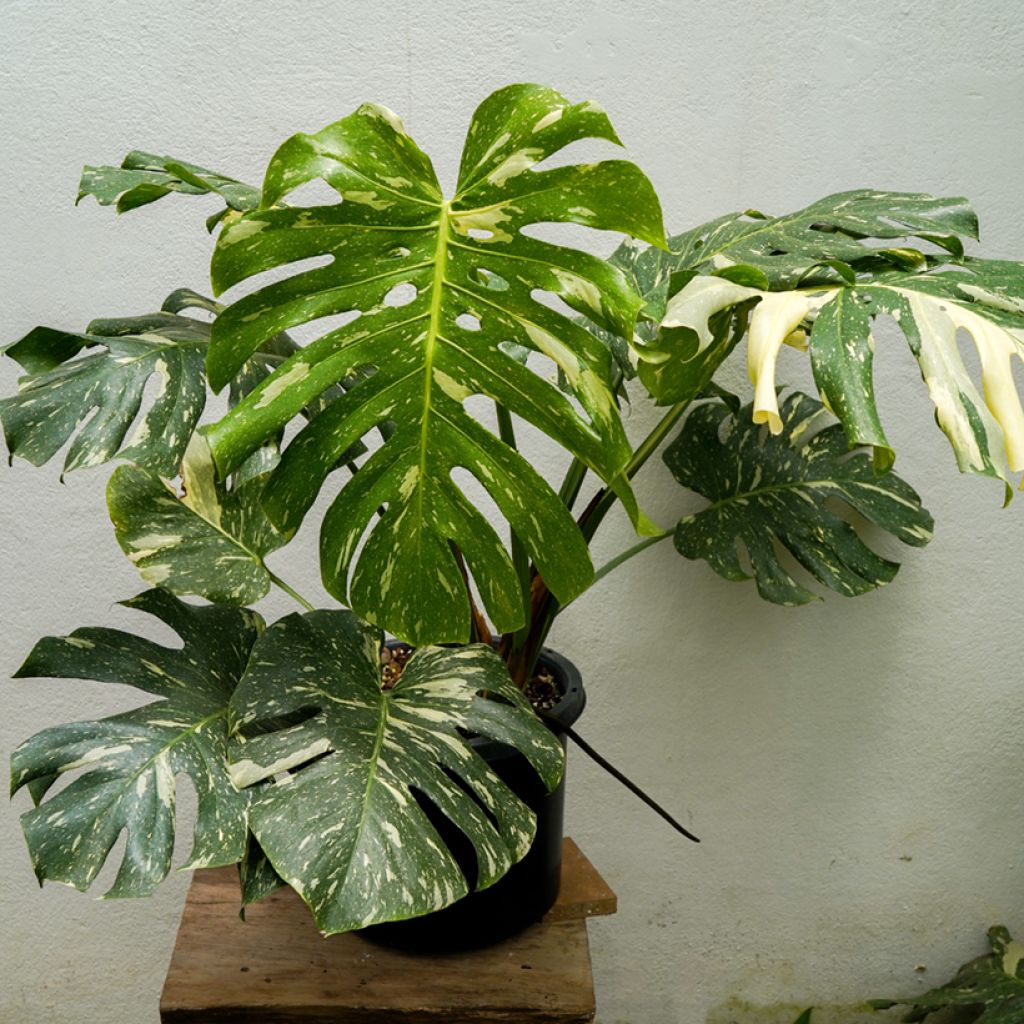

Monstera deliciosa Thai Constellation - Swiss cheese plant
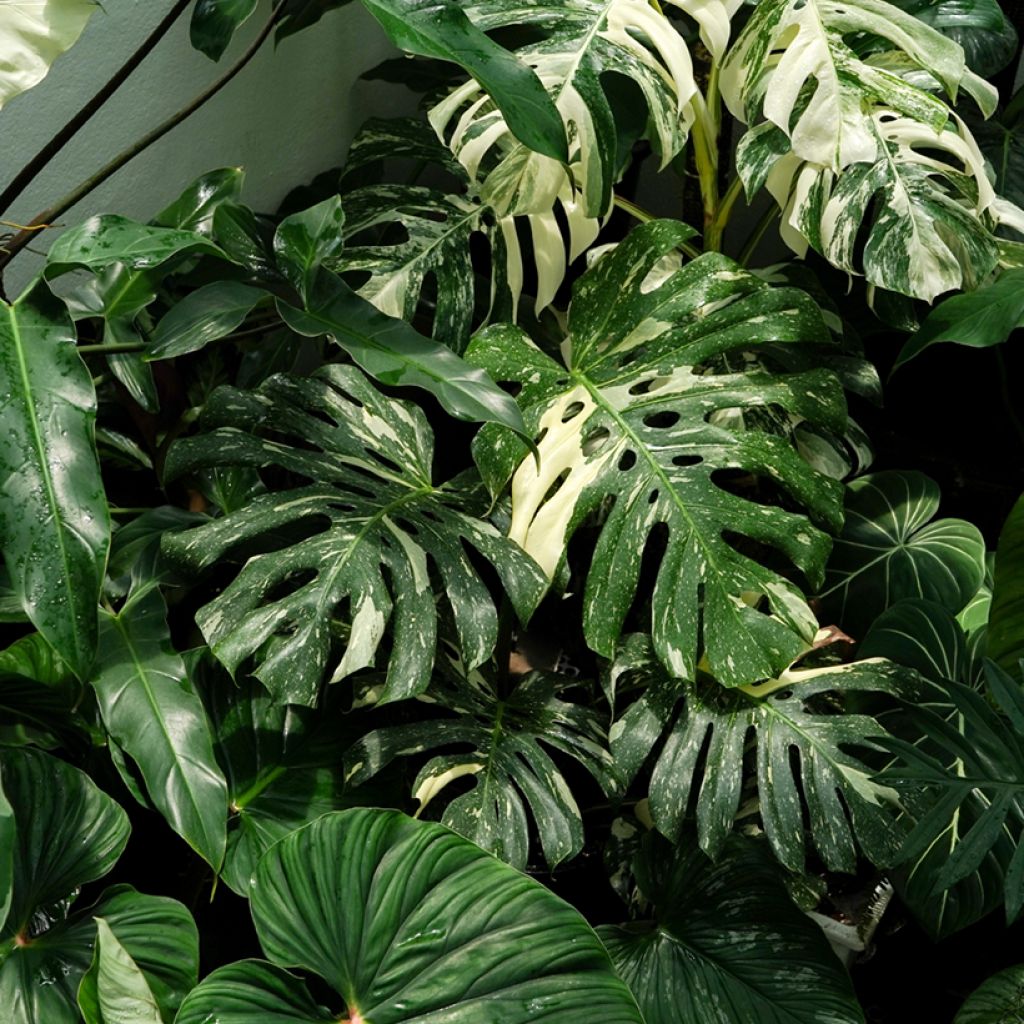

Monstera deliciosa Thai Constellation - Swiss cheese plant


Monstera deliciosa Thai Constellation - Swiss cheese plant
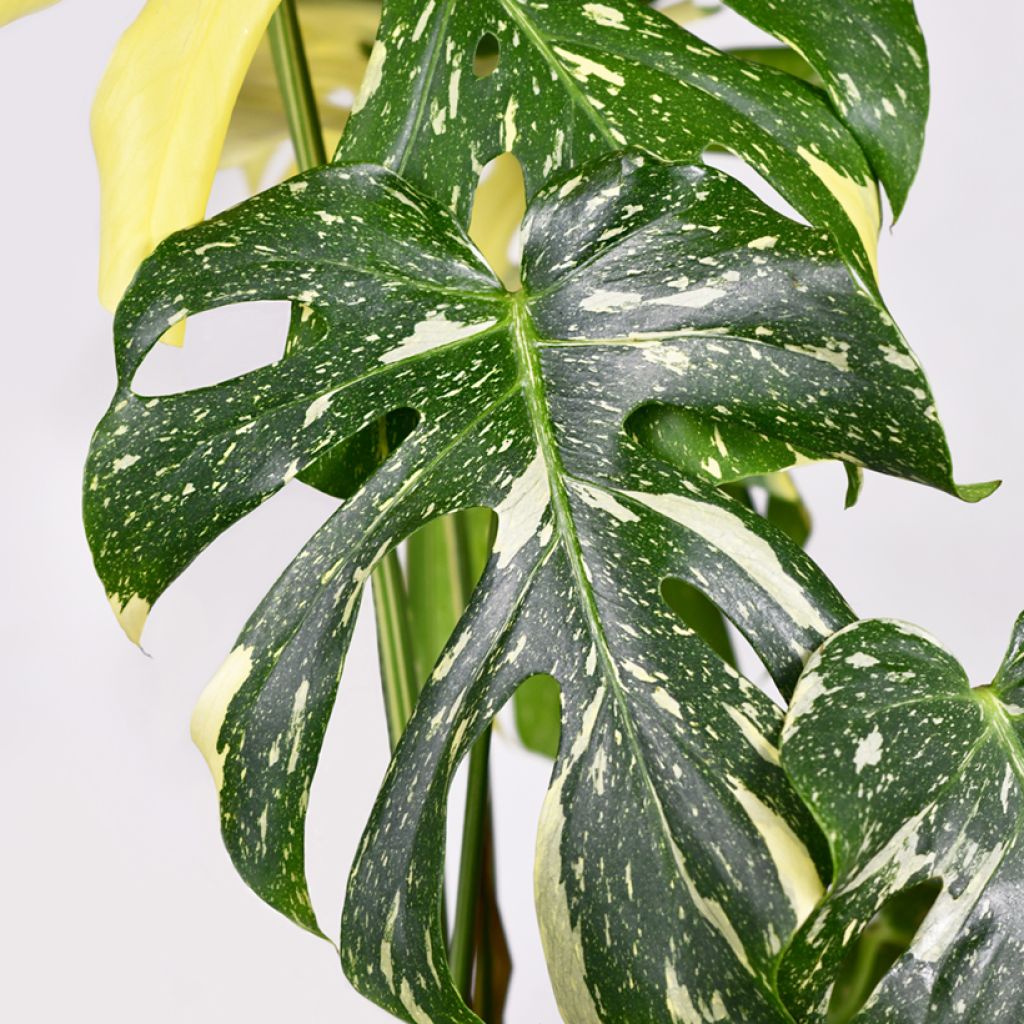

Monstera deliciosa Thai Constellation - Swiss cheese plant
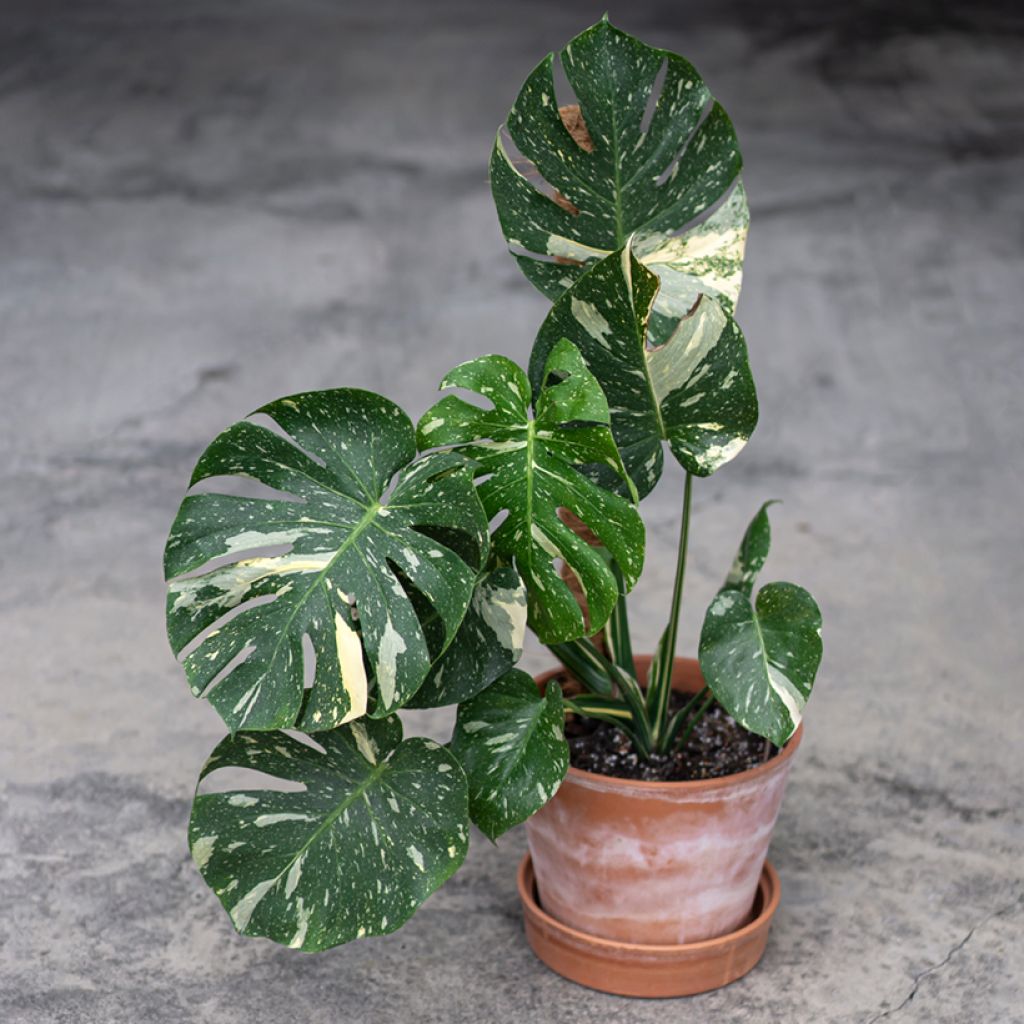

Monstera deliciosa Thai Constellation - Swiss cheese plant
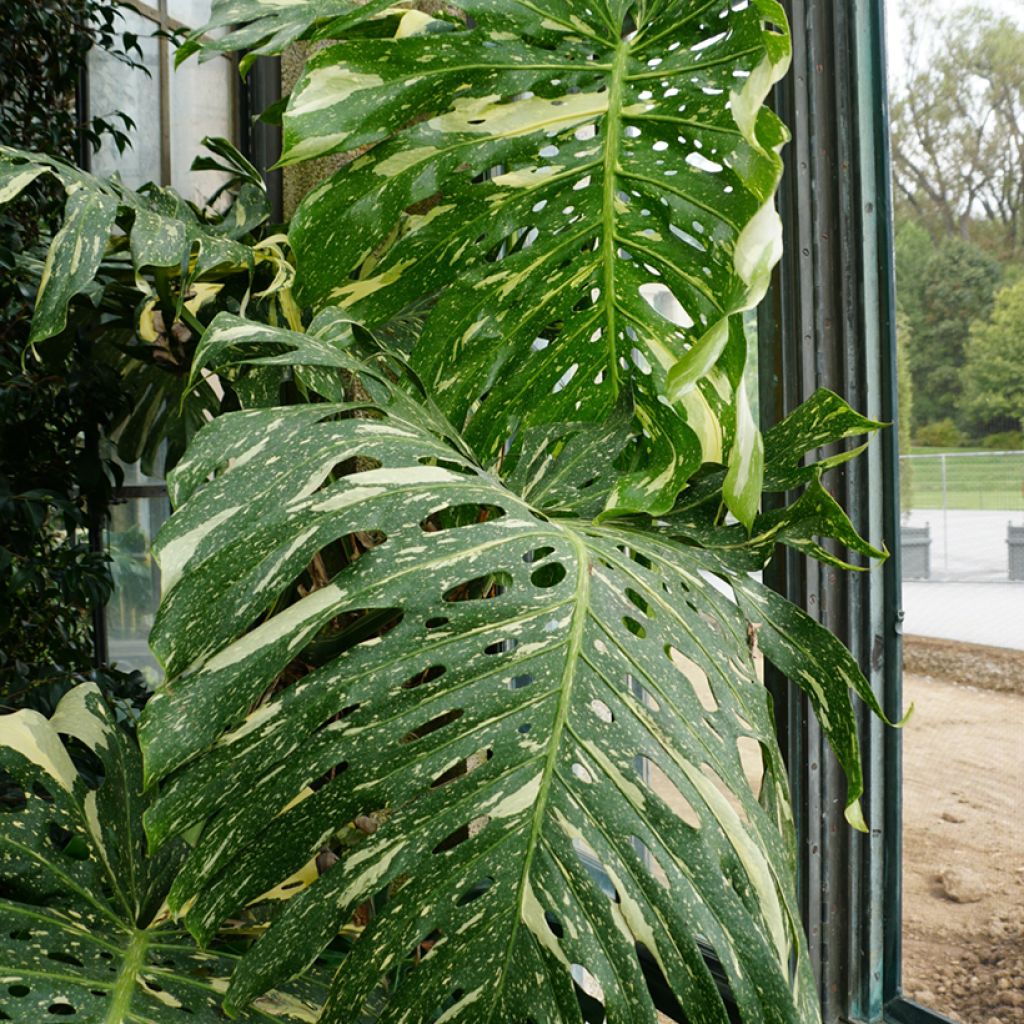

Monstera deliciosa Thai Constellation - Swiss cheese plant


Monstera deliciosa Thai Constellation - Swiss cheese plant
Monstera deliciosa Thai Constellation - Swiss cheese plant
Monstera deliciosa Thai Constellation
Swiss cheese plant, cheese plant
Why not try an alternative variety in stock?
View all →This plant carries a 30 days recovery warranty
More information
We guarantee the quality of our plants for a full growing cycle, and will replace at our expense any plant that fails to recover under normal climatic and planting conditions.
From 7,90 € for pickup delivery and 6,90 € for home delivery
Express home delivery from 8,90 €.
Description
The Monstera 'Thai Constellation' is an exceptional, rare, and sought-after houseplant for its unique foliage and striking presence. Its large dark green leaves adorned with variable cream marbling evoke a starry sky from the Far East as its name suggests. This variety is unparalleled for adding a tropical and sophisticated touch to your interior. To preserve the brilliance of its foliage, place it in a bright spot without direct sunlight, and maintain high ambient humidity.
Belonging to the Araceae family, the Monstera 'Thai Constellation' is a hybrid cultivar of Monstera deliciosa developed in Thailand and known for its stable variegation and moderate growth. At maturity, it can reach a height of 2 to 3 metres and a spread of 1 to 1.5 metres. It is a climbing plant that requires a sturdy stake to support its robust stems. Its broad, split leaves have a leathery texture and a dark green colour speckled with cream spots. Each leaf is unique! Flowering is rare indoors, taking the form of a white spathe surrounding a cream spadix.
Warning - This variety is toxic if ingested by pets and humans.
Native to the tropical forests of Central America, the Monstera deliciosa species grows naturally in the undergrowth, climbing tree trunks with the help of its aerial roots. It thrives in warm, humid environments with dappled light filtered through the canopy. These conditions suggest that for successful indoor cultivation, it is essential to replicate a similar environment: bright indirect light, high humidity, and well-drained soil.
To showcase the Monstera 'Thai Constellation' in your home, place it in a spacious living room or a bright conservatory where its lush foliage can flourish fully. It is particularly well suited to tropical, bohemian, or contemporary décor styles. Use a terracotta or ceramic pot of a neutral tone to accentuate the contrast with its variegated foliage. Adding a coco moss stake will enable the plant to climb and develop large, split leaves. For a harmonious plant arrangement, pair it with plants that have similar needs such as the Philodendron 'Brasil' and Pothos 'Marble Queen'.
Report an error about the product description
Monstera deliciosa Thai Constellation - Swiss cheese plant in pictures


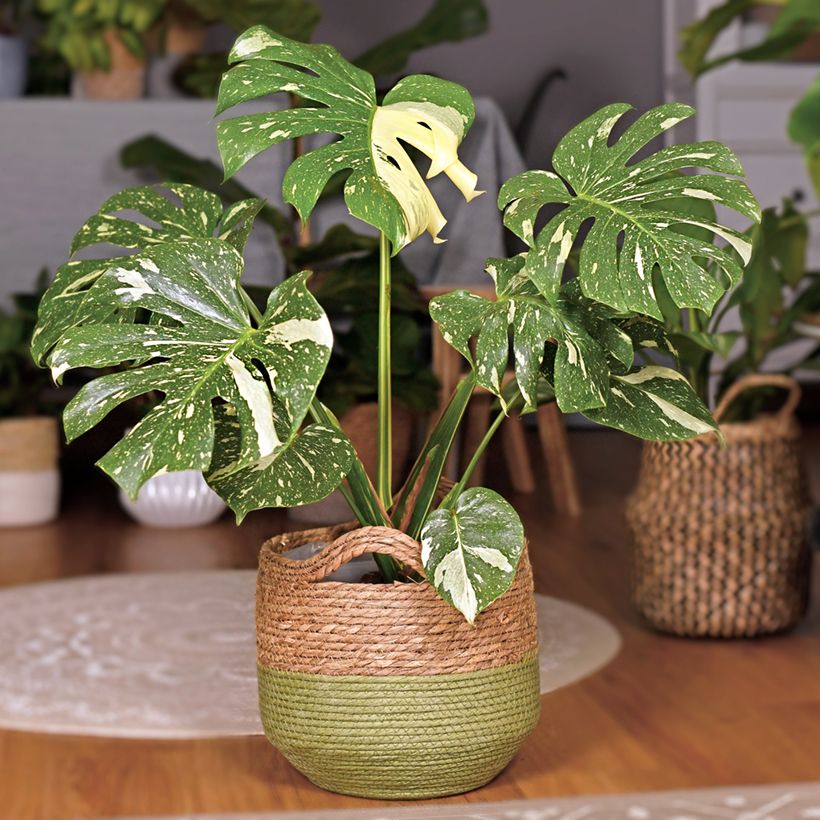

Foliage
Plant habit
Botanical data
Monstera
deliciosa
Thai Constellation
Araceae
Swiss cheese plant, cheese plant
Cultivar or hybrid
Safety measures
Location
Location
Maintenance and care
Potting advice, substrates and fertilisers
Houseplant care
Disease and pest advice
Maintenance and care
This item has not been reviewed yet - be the first to leave a review about it.
Haven't found what you were looking for?
Hardiness is the lowest winter temperature a plant can endure without suffering serious damage or even dying. However, hardiness is affected by location (a sheltered area, such as a patio), protection (winter cover) and soil type (hardiness is improved by well-drained soil).

Photo Sharing Terms & Conditions
In order to encourage gardeners to interact and share their experiences, Promesse de fleurs offers various media enabling content to be uploaded onto its Site - in particular via the ‘Photo sharing’ module.
The User agrees to refrain from:
- Posting any content that is illegal, prejudicial, insulting, racist, inciteful to hatred, revisionist, contrary to public decency, that infringes on privacy or on the privacy rights of third parties, in particular the publicity rights of persons and goods, intellectual property rights, or the right to privacy.
- Submitting content on behalf of a third party;
- Impersonate the identity of a third party and/or publish any personal information about a third party;
In general, the User undertakes to refrain from any unethical behaviour.
All Content (in particular text, comments, files, images, photos, videos, creative works, etc.), which may be subject to property or intellectual property rights, image or other private rights, shall remain the property of the User, subject to the limited rights granted by the terms of the licence granted by Promesse de fleurs as stated below. Users are at liberty to publish or not to publish such Content on the Site, notably via the ‘Photo Sharing’ facility, and accept that this Content shall be made public and freely accessible, notably on the Internet.
Users further acknowledge, undertake to have ,and guarantee that they hold all necessary rights and permissions to publish such material on the Site, in particular with regard to the legislation in force pertaining to any privacy, property, intellectual property, image, or contractual rights, or rights of any other nature. By publishing such Content on the Site, Users acknowledge accepting full liability as publishers of the Content within the meaning of the law, and grant Promesse de fleurs, free of charge, an inclusive, worldwide licence for the said Content for the entire duration of its publication, including all reproduction, representation, up/downloading, displaying, performing, transmission, and storage rights.
Users also grant permission for their name to be linked to the Content and accept that this link may not always be made available.
By engaging in posting material, Users consent to their Content becoming automatically accessible on the Internet, in particular on other sites and/or blogs and/or web pages of the Promesse de fleurs site, including in particular social pages and the Promesse de fleurs catalogue.
Users may secure the removal of entrusted content free of charge by issuing a simple request via our contact form.
The flowering period indicated on our website applies to countries and regions located in USDA zone 8 (France, the United Kingdom, Ireland, the Netherlands, etc.)
It will vary according to where you live:
- In zones 9 to 10 (Italy, Spain, Greece, etc.), flowering will occur about 2 to 4 weeks earlier.
- In zones 6 to 7 (Germany, Poland, Slovenia, and lower mountainous regions), flowering will be delayed by 2 to 3 weeks.
- In zone 5 (Central Europe, Scandinavia), blooming will be delayed by 3 to 5 weeks.
In temperate climates, pruning of spring-flowering shrubs (forsythia, spireas, etc.) should be done just after flowering.
Pruning of summer-flowering shrubs (Indian Lilac, Perovskia, etc.) can be done in winter or spring.
In cold regions as well as with frost-sensitive plants, avoid pruning too early when severe frosts may still occur.
The planting period indicated on our website applies to countries and regions located in USDA zone 8 (France, United Kingdom, Ireland, Netherlands).
It will vary according to where you live:
- In Mediterranean zones (Marseille, Madrid, Milan, etc.), autumn and winter are the best planting periods.
- In continental zones (Strasbourg, Munich, Vienna, etc.), delay planting by 2 to 3 weeks in spring and bring it forward by 2 to 4 weeks in autumn.
- In mountainous regions (the Alps, Pyrenees, Carpathians, etc.), it is best to plant in late spring (May-June) or late summer (August-September).
The harvesting period indicated on our website applies to countries and regions in USDA zone 8 (France, England, Ireland, the Netherlands).
In colder areas (Scandinavia, Poland, Austria...) fruit and vegetable harvests are likely to be delayed by 3-4 weeks.
In warmer areas (Italy, Spain, Greece, etc.), harvesting will probably take place earlier, depending on weather conditions.
The sowing periods indicated on our website apply to countries and regions within USDA Zone 8 (France, UK, Ireland, Netherlands).
In colder areas (Scandinavia, Poland, Austria...), delay any outdoor sowing by 3-4 weeks, or sow under glass.
In warmer climes (Italy, Spain, Greece, etc.), bring outdoor sowing forward by a few weeks.

































